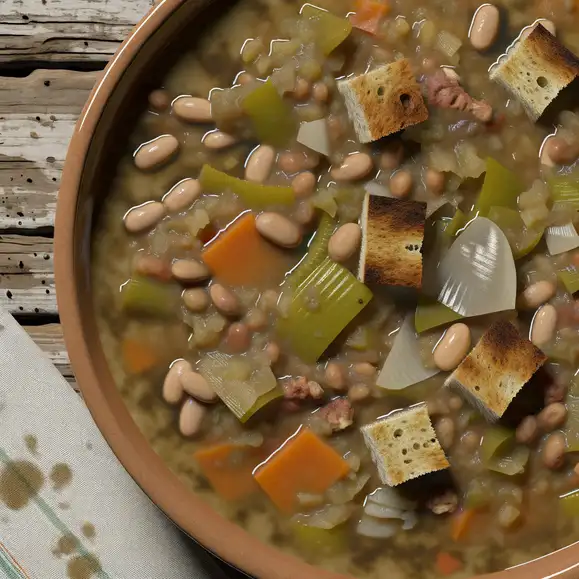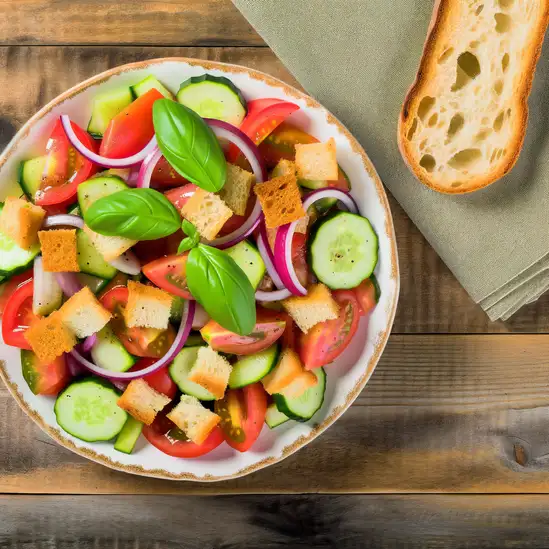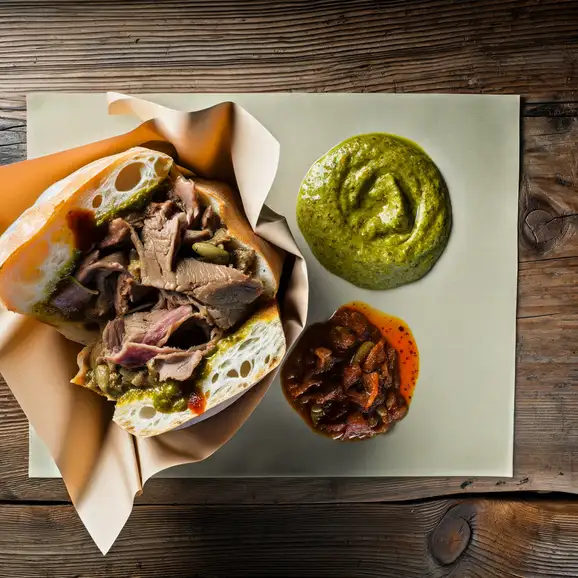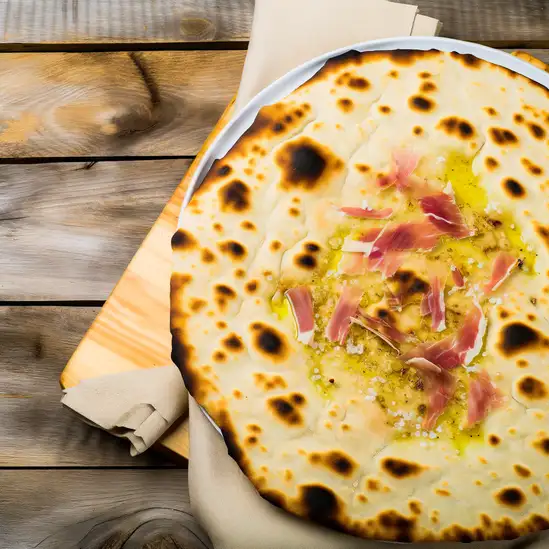



Florence feels like stepping into a living masterpiece. The moment you wander through its cobblestone streets,you’re wrapped in a warm embrace of history and art that’s impossible to ignore. Everywhere you look,grand Renaissance palaces and churches rise against the sky,their terracotta roofs glowing softly in the afternoon sun. The air carries a mix of fresh espresso,baked bread,and the faint scent of leather from the bustling markets. It’s a city that hums with quiet energy—artists sketching by the Arno River,locals chatting animatedly over glasses of Chianti,and the distant melody of street musicians weaving through piazzas. What makes Florence truly special is its soul. It’s not just about the famous Duomo or the Uffizi’s priceless art; it’s the way the city invites you to slow down and savor every moment. Sit at a tiny café,sip a rich cappuccino,and watch the world drift by. Taste the creamy gelato that melts on your tongue,or indulge in a plate of fresh pasta that tastes like it was made just for you. The people here carry a deep pride in their heritage,and their warmth makes you feel like you’re part of a timeless story. At sunset,the city transforms. The golden light softens the stone buildings,and the Arno reflects a palette of pinks and purples. Walking across the Ponte Vecchio,with its quaint shops and twinkling lights,you realize Florence isn’t just a place to visit—it’s a feeling you carry with you long after you leave.
The information on this page is currently being reviewed by Tripkliq and should be used as a guide only
Eng word: Hello
Eng pronunciation: chow
Local language: Ciao
Eng word: Goodbye
Eng pronunciation: ah-ree-veh-DEHR-chee
Local language: Arrivederci
Eng word: Thank you
Eng pronunciation: GRAH-tsee-eh
Local language: Grazie
Eng word: How much
Eng pronunciation: KWAN-toh KOH-stah
Local language: Quanto costa
Eng word: Toilet
Eng pronunciation: BAHN-yo
Local language: Bagno
Eng word: Help me
Eng pronunciation: ah-YOO-tah-mee
Local language: Aiutami
Eng word: Yes
Eng pronunciation: see
Local language: Sì
Eng word: No
Eng pronunciation: noh
Local language: No
Eng word: Excuse me
Eng pronunciation: SKOO-zee
Local language: Scusi
Florence is often celebrated as the birthplace of the Renaissance, a period of great cultural change and achievement that began in Italy during the 14th century. It fostered some of the world's most renowned artists, such as Michelangelo and Leonardo da Vinci.
The Cathedral of Florence, known as the Duomo, took approximately 140 years to complete. Its iconic dome, designed by Filippo Brunelleschi, was the largest in the world when constructed and remains a marvel of engineering today.
The Historic Centre of Florence is a UNESCO World Heritage site, recognized for its cultural richness, architecture, and monuments. This includes the Duomo, the Uffizi Gallery, and the Ponte Vecchio.
The Medici family, one of the wealthiest and most influential families in Florence during the 15th to 18th centuries, were great patrons of the arts and instrumental in Florence's political, economic, and cultural dominance during the Renaissance.
The Ponte Vecchio, or ‘Old Bridge’, is a medieval stone arch bridge over the Arno River famous for having shops built along it. It's one of Florence's most iconic landmarks and has survived since the Roman crossing was rebuilt in the 14th century.
The Uffizi Gallery, one of the most important art museums in Italy and the world, was originally constructed in 1560 for Cosimo I de' Medici to house the offices of the Florentine magistrates. It later became a museum displaying the Medici family's stunning collection of art.
The Florentine dialect, influenced significantly by its literature, particularly works by Dante, Petrarch, and Boccaccio during the 14th century, formed the basis of what would become the Italian language.
In 1252, Florence minted its own currency, the florin. This gold coin played a crucial role in European trade and commerce, further establishing Florence’s economic power in the medieval world.
Behind the Pitti Palace, the Boboli Gardens are one of the earliest examples of the Italian garden style that inspired many of Europe's royal gardens, particularly Versailles. Created in the 16th century, these gardens are an open-air museum, showcasing sculptures ranging from the 16th to the 18th centuries.
In Province of Florence, the most common Power Adaptor is Type C, Type F.



A thick, T-bone steak, typically sourced from Chianina cattle, grilled over high heat and served rare, seasoned simply with salt and pepper.

A hearty Tuscan soup made with bread, cannellini beans, and seasonal vegetables, traditionally reheated (ribollita means 'reboiled') before serving.

Hand-rolled pasta served with a simple sauce made from Pecorino Romano cheese and black pepper, highlighting the flavors of the ingredients.

A refreshing salad made with stale bread, ripe tomatoes, cucumbers, red onions, and basil, dressed with olive oil and vinegar.

A traditional Florentine street food made from the fourth stomach of a cow, slow-cooked and served in a sandwich with green sauce and spicy sauce.

Crunchy almond biscuits that are typically served with Vin Santo, a sweet dessert wine, for dipping.

A type of flatbread, often seasoned with olive oil and salt, that can be enjoyed plain or filled with various ingredients like prosciutto or cheese.
Imagine stepping into a city where every corner feels like a scene from a timeless painting—Venice is exactly that kind of place. The moment you arrive,the gentle lapping of water against ancient stone buildings wraps around you like a soft melody. Instead of streets,there are winding canals,and instead of cars,gondolas glide silently beneath ornate bridges,their oars dipping rhythmically into the emerald water. The air carries a mix of salty sea breeze and the faint aroma of fresh espresso and baked pastries from nearby cafés,inviting you to slow down and savor the moment.
Venice has this magical,almost dreamlike quality. The light here is different—soft and golden in the mornings,casting long shadows on the labyrinth of narrow alleys and colorful facades. You’ll find yourself wandering without a map,getting delightfully lost among the bustling markets,where vendors call out in melodic Italian,selling everything from fresh seafood to vibrant Murano glass. The city’s rich history whispers from every corner,from the grandeur of St. Mark’s Basilica to the quiet charm of tucked-away piazzas where locals sip wine and chat as if time has paused.
What makes Venice truly unforgettable is its rhythm—slow,intimate,and deeply human. It’s a place where you can hear the laughter of children playing by the water,the clinking of glasses in cozy trattorias,and the soft hum of a street musician’s violin. Visiting Venice isn’t just about seeing a city; it’s about feeling its heartbeat,tasting its flavors,and becoming part of its endless story.
Imagine stepping into a city where every corner hums with stories that have shaped the world. That’s Rome for you—a place where ancient ruins stand shoulder to shoulder with bustling piazzas,and the air carries a mix of fresh espresso,baked bread,and the faintest hint of blooming jasmine. Walking through its sun-dappled streets,you’ll hear the lively chatter of locals debating over football,the clinking of glasses in cozy trattorias,and the distant melody of a street musician’s violin weaving through the afternoon breeze.
Rome’s character is a beautiful blend of timeless history and vibrant everyday life. You can lose yourself wandering through the Colosseum’s shadows,imagining gladiators’ roars,then find yourself sipping a velvety cappuccino in a tiny café where the barista greets you like an old friend. The city’s soul is in its people—warm,passionate,and effortlessly proud of their heritage. It’s in the way the light hits the golden domes at sunset,or how the fountains splash cool water on a hot summer day,inviting you to pause and soak it all in.
And the food—oh,the food! Fresh pasta tossed with rich,tangy tomato sauce,the crunch of a perfectly baked pizza,and gelato that melts on your tongue like a sweet secret. Rome isn’t just a place to see; it’s a place to feel,taste,and live. Trust me,once you’ve wandered its cobblestone streets and tasted its flavors,you’ll carry a piece of Rome with you long after you leave.
Naples feels like stepping into a living,breathing storybook where every street corner hums with life and history. The city’s energy is raw and unfiltered—imagine narrow alleys bursting with the aroma of fresh espresso and wood-fired pizza,while the chatter of locals spills out from bustling cafés. It’s a place where the past and present collide beautifully:ancient ruins nestle beside vibrant markets,and baroque churches stand tall amid colorful,graffiti-splashed walls. Walking through Naples,you can almost taste the city’s soul in the salty sea breeze mingling with the scent of basil and ripe tomatoes.
What really grabs you is Naples’ character—bold,unapologetic,and fiercely proud. The people here have a warmth that’s instantly welcoming,whether they’re sharing stories over a slice of the world’s best Margherita pizza or guiding you to a tucked-away viewpoint overlooking the shimmering Bay of Naples. The city’s soundtrack is a lively mix of street musicians,church bells,and the occasional honk of scooters weaving through traffic,creating a rhythm that’s uniquely Neapolitan.
And then there’s the food—oh,the food! It’s not just a meal; it’s a celebration. From the first bite of a perfectly blistered pizza to the sweet,creamy delight of sfogliatella,every flavor tells a story. Naples invites you to slow down,savor the moment,and dive headfirst into its vibrant culture. Trust me,once you’ve wandered its streets and tasted its flavors,Naples stays with you long after you leave.
If you wander into the Città Metropolitana di Milano,you’ll immediately feel the pulse of a city that’s both fiercely modern and deeply rooted in history. Milan isn’t just Italy’s fashion capital—it’s a vibrant mosaic where sleek skyscrapers stand shoulder to shoulder with centuries-old cathedrals. As you stroll through its streets,the air hums with the chatter of locals sipping espresso at sun-dappled cafés,the clinking of glasses from bustling aperitivo bars,and the distant melody of street musicians weaving through the crowds.
The scent of freshly baked focaccia mingles with the faint aroma of leather from artisan shops tucked into narrow alleys. You’ll catch glimpses of bold art installations and elegant boutiques,but also the quiet charm of leafy parks where Milanese families gather to relax. The city’s character is a blend of ambition and warmth—people here are stylish yet approachable,passionate about design and food,but always ready to share a laugh or a story.
Don’t miss the chance to savor risotto alla Milanese,rich and golden with saffron,or to explore the vibrant markets where colorful produce and fragrant cheeses invite you to taste the region’s bounty. Whether you’re marveling at the intricate details of the Duomo’s façade or losing yourself in the creative buzz of the Navigli district’s canals,Milan feels alive,inviting you to dive in and discover its many layers.
Palermo feels like stepping into a vibrant mosaic where every corner hums with life and history. The city’s energy is a mix of old-world charm and raw,bustling street scenes—imagine narrow alleys lined with colorful market stalls,the air thick with the scent of fresh citrus,roasting coffee,and salty sea breeze. As you wander,you’ll hear the lively chatter of locals bargaining over fresh fish and the distant melody of street musicians playing traditional Sicilian tunes. It’s a place where the past and present dance together effortlessly.
What really grabs you about Palermo is its character—gritty yet warm,chaotic yet inviting. The architecture tells stories of centuries,from the intricate Arab-Norman palaces to the baroque churches that seem to glow in the golden afternoon light. But it’s not just about sights; it’s the feeling of sitting at a tiny trattoria,savoring arancini that crackle with every bite or a plate of pasta alla Norma bursting with fresh tomatoes and ricotta salata,while the world buzzes around you.
Palermo’s soul is in its people and their love for life,food,and tradition. Whether you’re exploring the vibrant markets like Ballarò or soaking in the sunset over the Mediterranean from the ancient fortress walls,you’ll find a city that invites you to slow down,breathe deeply,and savor every moment. It’s messy,passionate,and utterly unforgettable.
Imagine stepping into a place where the sun kisses ancient stone walls and the salty breeze carries whispers of the Mediterranean—welcome to Cagliari. This Sardinian city pulses with a laid-back charm that feels both timeless and alive. Wander through its narrow,winding streets in the Castello district,where pastel-colored buildings lean into each other,and the scent of fresh bread mingles with the distant hum of the sea. Here,history isn’t just in museums; it’s etched into every corner,from Roman ruins to Byzantine towers,all framed by vibrant bougainvillea spilling over balconies.
As you stroll along Poetto Beach,the soft sand warms your feet while the rhythmic crash of waves invites you to pause and breathe. Cafés spill onto piazzas,where locals sip espresso and chat animatedly,their voices blending with the clinking of glasses filled with crisp Vermentino wine. The markets buzz with life—fresh fish glistens under the sun,ripe tomatoes and fragrant basil tempt your senses,and the aroma of roasted chestnuts lingers in the air.
Cagliari’s soul is a mix of old-world grace and Mediterranean zest. It’s a place where you can lose yourself in art-filled churches,then find yourself again in a lively trattoria,savoring fregola pasta with clams,each bite a celebration of Sardinia’s rich flavors. Visiting here feels like stepping into a warm embrace—inviting,vibrant,and utterly unforgettable.
Individuals pretending to collect donations for a charity or cause, often using fake documents or aggressive tactics to solicit money.
Individuals posing as official tour guides offer their services to tourists, often providing incorrect or misleading information and charging high fees.
Scammers approach tourists, offering a 'free' friendship bracelet, then demand payment once it is tied on the wrist.
Some restaurants near tourist attractions may charge exorbitant prices for food and drinks, sometimes adding hidden fees to the bill.
Thieves operate in crowded tourist areas, using distraction techniques to steal wallets, phones, and other valuables from unsuspecting tourists.
Vendors selling counterfeit goods such as designer bags, watches, or sunglasses at seemingly low prices, which are often of poor quality.
Some taxi drivers may take longer routes or not use the meter to overcharge tourists unfamiliar with the area.
The possession, use, and trafficking of illegal drugs are strictly prohibited in Florence and throughout Italy. Penalties for drug-related offenses can be severe, including fines and imprisonment. Italy has a zero-tolerance policy for drug use, and tourists should be aware that even small quantities of illegal substances can lead to legal consequences.
In Florence, as in the rest of Italy, smoking is prohibited in enclosed public spaces, including restaurants, bars, and public transportation. Smoking is also banned in certain outdoor areas such as playgrounds, school grounds, and hospital premises. There are designated smoking areas in some public places where smoking is allowed. Violations can result in fines.
Vaping is subject to similar regulations as smoking in Florence. It is prohibited in enclosed public spaces and certain outdoor areas. Some establishments may have specific policies regarding vaping, so it is advisable to check for signage or ask staff. Violations can also result in fines.
What are other people saying about Province of Florence?
Recent Social posts about Province of Florence
There is nothing to show you for now.